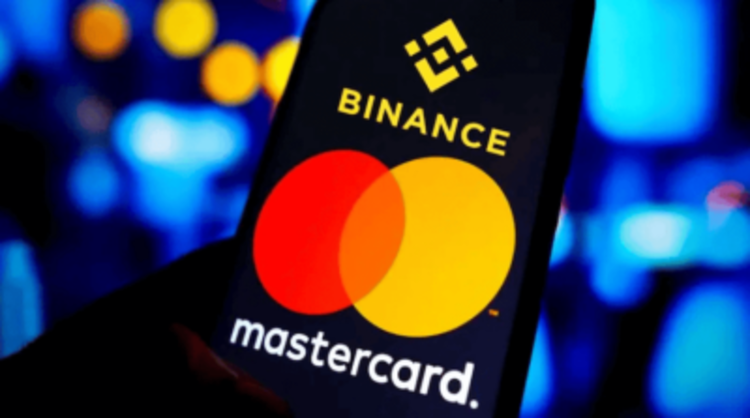
It was a partnership many in the cryptocurrency community heralded as the bridging of traditional financial systems with the cutting-edge digital currency world. Mastercard, a global titan of payment systems, teaming up with Binance, one of the largest cryptocurrency exchanges, seemed like a match made in heaven. However, the recent news of their partnership ending over crypto cards has sent ripples throughout the industry. This article aims to shed light on the implications and underlying reasons behind this split.
A Brief Overview: The Partnership’s Promise
Mastercard and Binance’s Collaboration: When two giants of their respective domains come together, it promises innovations and solutions that could redefine industries. The partnership was meant to roll out crypto cards that would allow users to transact in cryptocurrencies but with the convenience and universal acceptance of a regular credit card. It represented a significant step towards the mainstream adoption of cryptocurrencies.
The Underlying Issues: More Than Meets the Eye

Regulatory Concerns: One of the primary challenges in the world of digital assets is navigating the ever-evolving regulatory landscape. Different countries have varying stances on cryptocurrencies, and companies like Mastercard, with a global footprint, need to be exceptionally cautious. Binance, on the other hand, has had its share of regulatory tussles, which might have given Mastercard cold feet.
Brand Image and Reputation: Mastercard, being a longstanding institution, has an image and reputation to maintain. Associating with crypto companies, especially one that occasionally finds itself in hot waters with regulators, can be perceived as a risk.
Differing Visions: While both companies aimed to increase the adoption of digital assets, differences in approach and long-term visions can sometimes be irreconcilable. Binance, being a crypto-first company, might have had more aggressive plans, whereas Mastercard, given its widespread traditional user base, might have sought a more conservative approach.
Impact on the Crypto Community
A Blow to Mainstream Adoption: This split is undoubtedly a setback for mainstream crypto adoption. With Mastercard’s vast network, the potential for a universally accepted crypto card was immense. The separation might make other traditional financial entities more hesitant to form partnerships within the cryptocurrency sphere.
A Silver Lining for Competitors: On the flip side, this could be an opportunity for other crypto exchanges and financial tech companies to step up and fill the void. Players who can navigate the regulatory maze and offer a seamless crypto card solution stand to gain.
Lessons for Future Collaborations
Clearer Communication: Such partnerships require open channels of communication and a shared vision right from the outset. Ensuring that both parties are on the same page can prevent unforeseen complications.
Robust Regulatory Strategy: Future collaborations between traditional and crypto companies should prioritize having a robust regulatory strategy. Anticipating potential legal hurdles and working in tandem to address them is crucial.
Conclusion
The end of the partnership between Mastercard and Binance is undeniably disappointing for many in the crypto community. However, it serves as a vital lesson about the complexities of melding the traditional financial realm with the rapidly evolving world of cryptocurrencies. As the industry matures, one can only hope that such collaborations will be more resilient and pave the way for a harmonious integration of the old with the new. Learn more about new events: Evolving Landscape: BitGet’s Mandatory KYC Policy Update Raises Questions.

